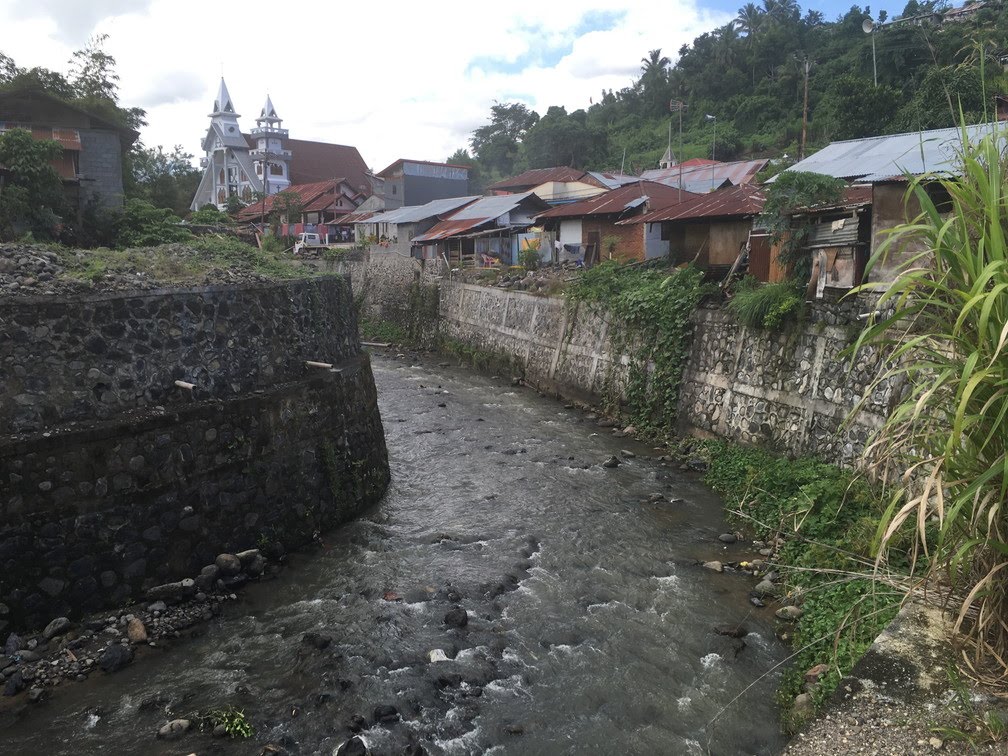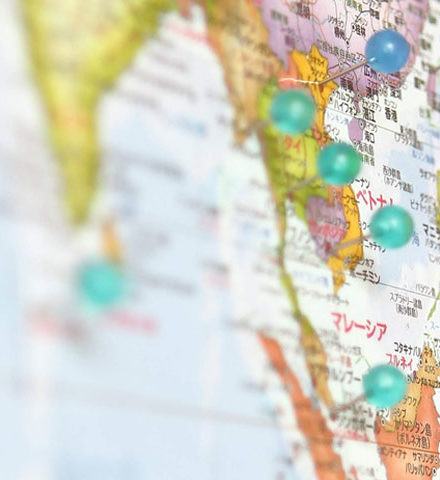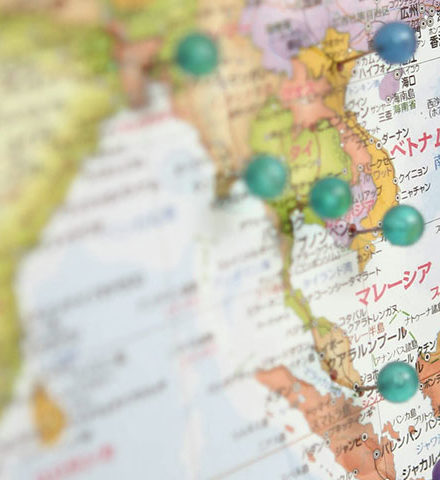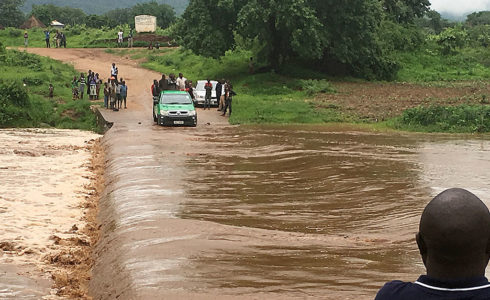
Formulation of guidelines for developing a disaster-resistant industrial base (2018)

-Customer industry/scale-
Engineering consulting business (large companies)
-Customer needs/issues-
- Organizing conditions and examination procedures necessary for building disaster-resistant infrastructure
- Making the conditions and examination procedures accessible to government officials around the world
- Understanding the intention of the client (international organization) more accurately
-Support contents-
- Advice on the content and interpretation of the Terms of Reference by the international organization
- Reviewing of the case report being prepared and comments and suggestions for improvements
- Creating and organizing the outline of guidelines for developing infrastructure resilient to disasters
-Support period-
About 4 months
-Support results-
- Creating a concept document that solidifies the outline of conditions and examination procedure for infrastructure construction
- Positive response was obtained from the international organization after our support
Report
 As countries around the world face the threat of natural disasters due to the effects of climate change on a global scale, various efforts are being made in both hardware and software to overcome vulnerability to disasters.
As countries around the world face the threat of natural disasters due to the effects of climate change on a global scale, various efforts are being made in both hardware and software to overcome vulnerability to disasters.
In particular, if a domestic key industry which is one of the economic pillars is damaged, damage to not only the domestic but also the entire supply chain of the world may spread. Therefore, building a disaster-resistant industrial base is one of the top priorities.
Utilizing the lessons learned from Japan, which has developed industries in parallel with disaster countermeasures, we have identified the industrial bases that should be protected in each country and the areas where they are concentrated, and identified the disaster risks faced by those areas. We supported the creation of guidelines for building disaster-resistant infrastructure, identifying which measures should be taken in terms of both hardware and software.











